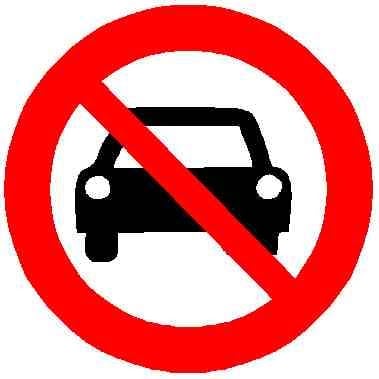

I would hope so. CFRA seems to be the only explicit protection.


I would hope so. CFRA seems to be the only explicit protection.


If it was just plain old trademark/copyright law, you’d be right.
It sounds like Tesla are basically saying that you signed an NDA/non-disparagement clause when you bought the vehicle, and therefore it’s a contract dispute.
Doh.


No, no, he’s saying the lesbians give the best BJs…


Yeah, I’m always a little skeptical about the ‘feel it’ claims. But computers don’t have to adapt to progressive wear; I’m sure you could configure the ABS/traction control to indicate that in dry conditions consistently slipping below say 0.3g (number pulled out of ass) of applied traction implies an excessively worn tire.
Once you get below a certain level of performance, all the braking/steering assumptions involved in self driving start breaking down too.


Airliner engines are getting to ludicrous reliability numbers (the latest generation appears to be closing in on 10M hours between inflight shutdowns) largely through predictive maintenance performed far in advance. We’re well past ‘most pilots never see an engine failure’ and approaching ‘most airlines don’t see an engine failure’.
And there are few locations more abusive to sensors than the hot section of a turbine engine.


And yet people can feel the difference between a worn tire and a new tire. Accelerometers and the torque feedback on the motor drives (both of which are already widespread in cars out of necessity for other equipment) can feel when the tires are on the edge of losing traction.
One of the changes in automation over the last decade or two is a move away from having many specific ‘sensor for monitoring X’, towards interpreting a smaller number of better sensors in novel ways to provide the same data.


That seems relatively easy (and cars already have it with the little bit of metal that makes the brakes squeal when worn):
From the sensor being triggered, you have say 1-2000km to get the sensor or brake pad (whatever the issue is) fixed.


I somewhat disagree with this. If you can feel worn tires, brakes, or suspension bushings, it’s easy to imagine the car feeling them and raising a service alert, and locking out if not appropriately serviced.
Vendor lock-in and enshittification, baby.


Also:
Thin stamped construction is cheap, but can still be fitted with sleeving on the live (active and neutral) pins like UK & europlug, but not US plugs. This prevents objects or fingers getting to live pins on a partially inserted plug.
Industry has agreed that leads exit either straight out, or down-and-right, so there is no conflict for horizontal or vertical sockets. Sockets are universally installed earth-down.
Reasonably compact.


I found opensuse’s default firewall rules were very restrictive and you needed to open a port.


I expect so.
KDE Connect also works great as a remote control for many things, presumably including this.


And the heat then means the air can absorb more moisture.
You want hot dry air for maximum evaporation.


It honestly could be either.


$10 says anti-suicide.
Especially post Brexit.
And that is why electoral reform is important; so that splitting the vote is not penalised.
Written from NZ who adopted MMP about 30 years ago.


Try 78: https://www.cdc.gov/nchs/fastats/life-expectancy.htm
Obviously not everyone reaches that. Even if you set the retirement age at 50, some people would die first.


Yes,
But also, perhaps superannuation being (at least here in NZ) not means tested and larger than all other welfare combined implies there is a problem.


It means more tax take and less superannuation spending. Depends on the country’s superannuation system, of course.
That means more money available for all the things taxes are used for, many of which are very very necessary.
How can you justify cuts to the healthcare system because you claim to not have enough money, but then pay pensioners some thousand dollars a fortnight, regardless of what assets or other income they have?
ToS is effectively a contract.
This interpretation of the ToS could be deemed unconscionable, but that seems like the kind of argument that takes a judge and 5-6 figures in legal fees to settle.
An arbitrator is just going to read it, say ‘yup, you broke the rule’, and side with the company.